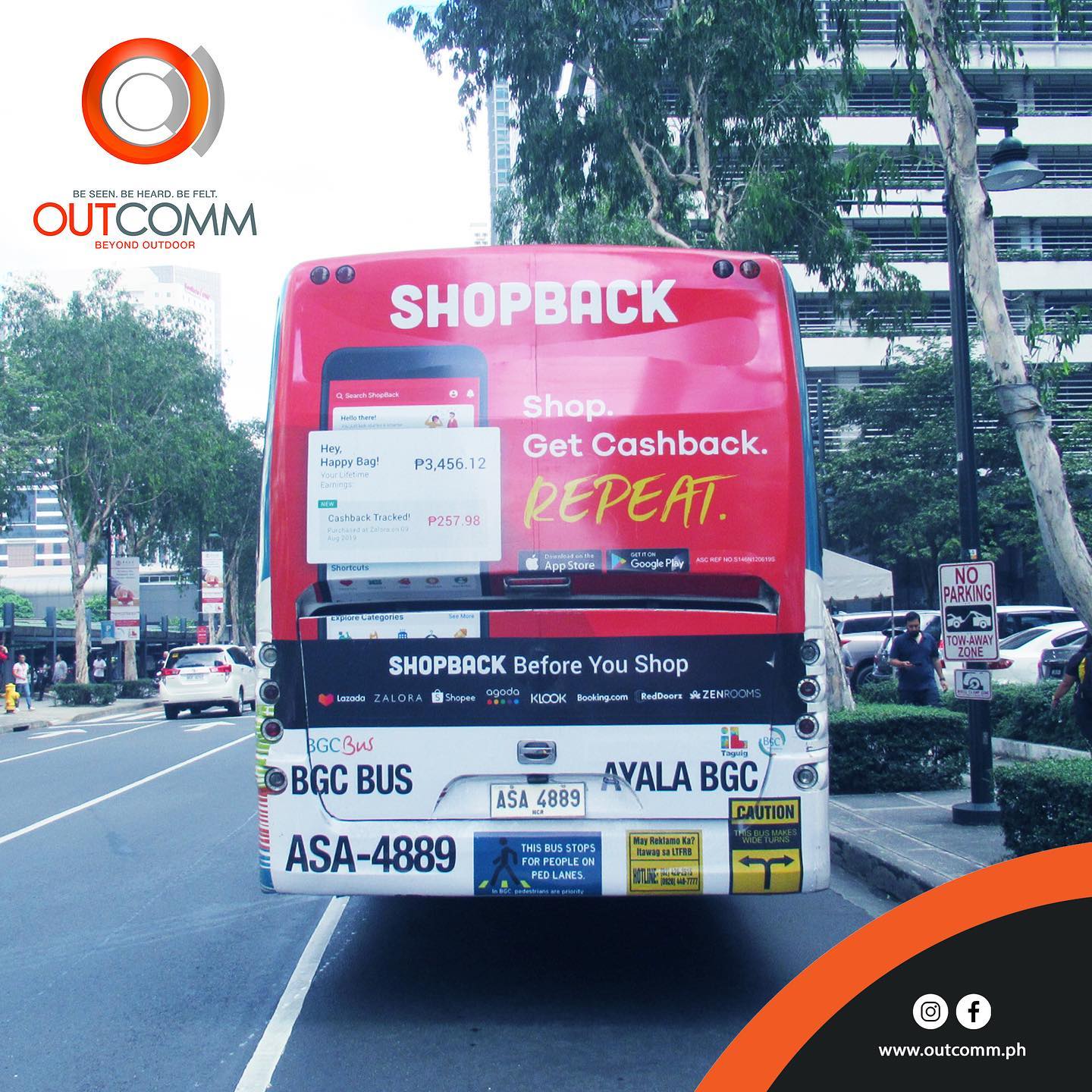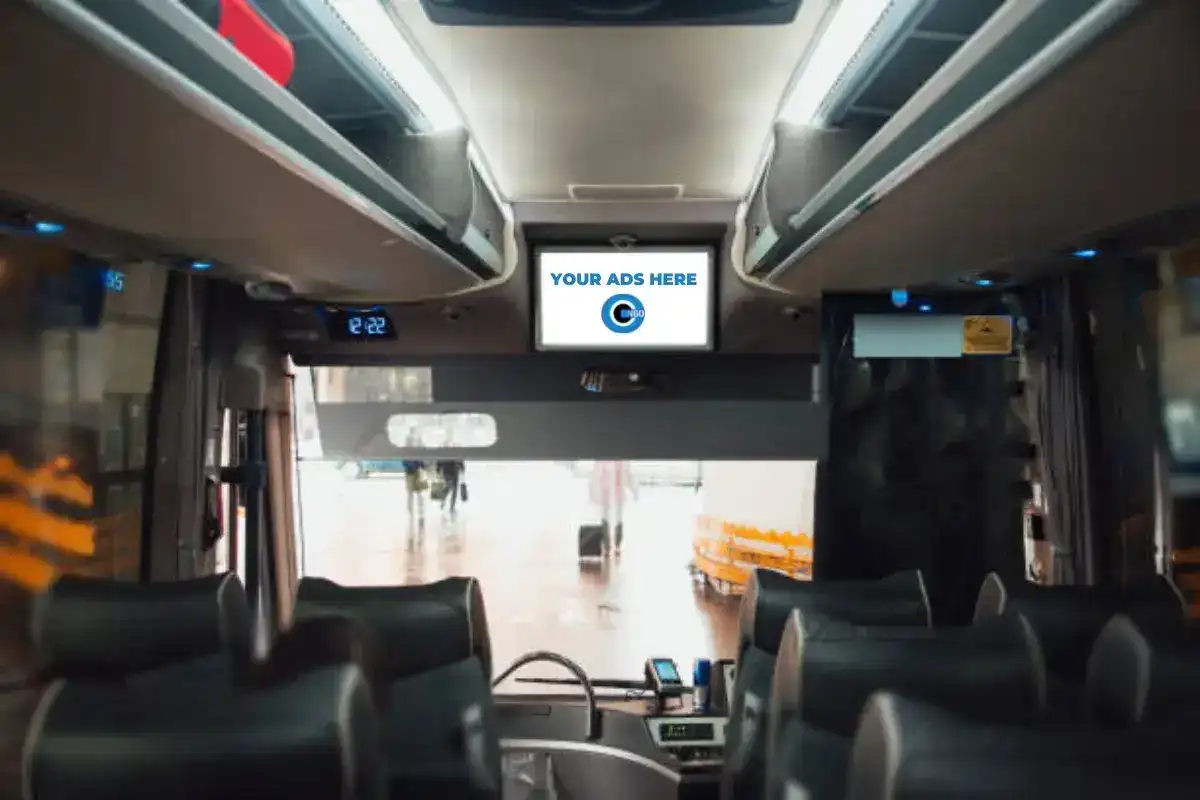Boost Brand Name Reach with Transit Advertising Philippines
Boost Brand Name Reach with Transit Advertising Philippines
Blog Article
Just How Transit Advertising Can Transform Mass Transit Spaces Into Dynamic Advertising And Marketing Operatings Systems
Transit marketing holds significant capacity to redefine mass transit areas right into lively advertising and marketing platforms that engage and inform. By using innovative styles such as interactive booths and electronic screens, brands can not only get to a diverse target market but also enhance the total commuter experience. This method develops a special chance for brand names to get in touch with consumers in a setup that is typically overlooked. As we discover the complex benefits and progressing techniques of transportation marketing, it raises the concern of how this transformation could redefine our interactions with both brand names and the metropolitan atmosphere.
Benefits of Transportation Advertising And Marketing

Furthermore, transit advertising is very cost-effective contrasted to typical media. It enables advertisers to accomplish high impacts at reduced prices, making best use of return on financial investment. The restricted audience of travelers gives a possibility for brands to share their messages to people who are frequently receptive during their traveling times.
Furthermore, the vibrant nature of transit advertising and marketing permits campaigns to be upgraded regularly, making sure that messaging continues to be prompt and appropriate. This adaptability can be important in responding to market trends or advertising events, maintaining the brand name top-of-mind for customers. Finally, the prevalent presence of transit marketing contributes to brand name recall; repeated exposure within familiar travel contexts reinforces brand awareness and promotes customer commitment, ultimately driving sales and enhancing brand online reputation.
Sorts Of Transportation Advertising
Public transport systems give different styles for marketing, each accommodating different marketing methods and audience interaction methods. One prominent kind is exterior bus and train wraps, which cover the whole automobile and produce a mobile billboard impact, enabling high presence in metropolitan atmospheres. These wraps can catch focus as they traverse active roads, getting to a varied audience.
Another popular layout is interior advertising and marketing, that includes posters, electronic screens, and advertisements on transit seats. These positionings engage guests throughout their journey, strengthening brand name messaging in a confined room. Digital displays, in specific, provide the advantage of dynamic content, making it possible for advertisers to update messages in real-time.
Station advertising is also considerable, featuring posters, banners, and interactive stands within transit terminals. These ads leverage foot website traffic and can target certain demographics based on location.
Last but not least, advertising partnerships with transit authorities can lead to unique projects, such as themed transportation experiences or events, improving the general interaction with commuters. Each sort of transit advertising supplies distinctive benefits, enabling brand names to tailor their method to properly reach their target audience within the public transport ecosystem.
Engaging Travelers Properly
Travelers are progressively inundated with advertising messages during their everyday travels, making it vital for brands to involve them in innovative ways. To record interest in this crowded room, advertisers should focus on creativity and significance. Using eye-catching visuals and succinct messaging can considerably boost the possibility of engagement.
Interactive components, such as QR codes or enhanced fact features, can also transform static ads into immersive experiences, cultivating a deeper link with the audience. Brand names need to focus on attending to travelers' interests and requirements, tailoring messages to resonate with their way of life, whether through promotions for neighborhood companies or services created to improve their commuting experience.
Additionally, timing website here plays a critical role; strategically putting ads throughout peak travelling hours can maximize presence and impact. Engaging travelers successfully additionally entails leveraging social networks assimilation, allowing guests to share their promotions or experiences directly from transportation platforms, therefore amplifying brand name reach.
Fundamentally, effective engagement depends upon recognizing the traveler trip and producing compelling, interactive, and pertinent marketing experiences that not only record interest but also drive action and commitment. By doing so, brands can change public transport into a dynamic marketing system that reverberates with its target market.

Measuring Advertising And Marketing Influence
Just how can brand names accurately assess the effectiveness of their marketing campaign en route environments? Measuring the effect of transportation marketing calls for a complex approach that incorporates measurable and qualitative metrics. One prevalent method is tracking engagement via mobile analytics, where brands can examine foot traffic patterns and application communications before, throughout, and after projects.
Studies can provide useful understandings right into brand name recall and consumer sentiment, permitting brands to determine how well their messages resonate with travelers. Furthermore, checking social media sites interaction related to particular projects can disclose shifts in public assumption and brand name discussion.

Additionally, working together with transportation companies can enhance measurement precision, as they commonly have thorough market data on ridership patterns. By integrating these methodologies, brands can establish an extensive understanding of their marketing efficiency, ensuring that their projects not just reach yet additionally affect their target market efficiently.
Future Trends en route Advertising
A considerable shift is anticipated in transit marketing as technical developments and transforming consumer habits improve the landscape. Transit Advertising check Philippines. The combination of electronic screens and interactive media is anticipated to improve involvement, enabling brand names to provide vibrant web content that resonates with varied target markets. As mass transit systems welcome wise innovation, advertisers will leverage real-time data analytics to tailor messages based on passenger demographics and behaviors
Moreover, augmented fact (AR) is positioned to revolutionize the means commuters communicate with promotions. By giving immersive experiences, AR can change an ordinary journey into an interesting narrative that captures interest and promotes brand loyalty. This innovation will likely urge marketers to create more experiential campaigns that drive customer interaction.
Sustainability is one more vital fad affecting transportation advertising. As ecological consciousness expands, brand names will progressively look for to straighten with eco-friendly practices, using sustainable products and promoting green campaigns within their projects.
Conclusion
Finally, transportation advertising provides considerable benefits by boosting brand presence and involving a restricted audience. Via various formats, such as exterior covers and electronic screens, it changes public transport into a vivid marketing system. Reliable engagement methods and durable dimension techniques better intensify its influence. As patterns advance, the possibility for innovative communications in between brands and travelers is poised to grow, guaranteeing that transportation marketing continues to be an important part of contemporary advertising methods.
Transit advertising and marketing holds significant potential to redefine public transportation rooms into dynamic advertising and marketing platforms that educate and engage. The pervasive presence of transit marketing adds to brand recall; repeated direct exposure within acquainted travel contexts reinforces click to read more brand understanding and promotes customer loyalty, eventually improving and driving sales brand credibility.
How can brands properly evaluate the effectiveness of their advertising and marketing campaigns in transportation environments?In final thought, transportation advertising and marketing uses significant advantages by boosting brand visibility and engaging a captive audience. Transit Advertising Philippines. As fads progress, the potential for innovative communications in between travelers and brand names is poised to grow, guaranteeing that transportation advertising stays an essential part of contemporary advertising methods
Report this page